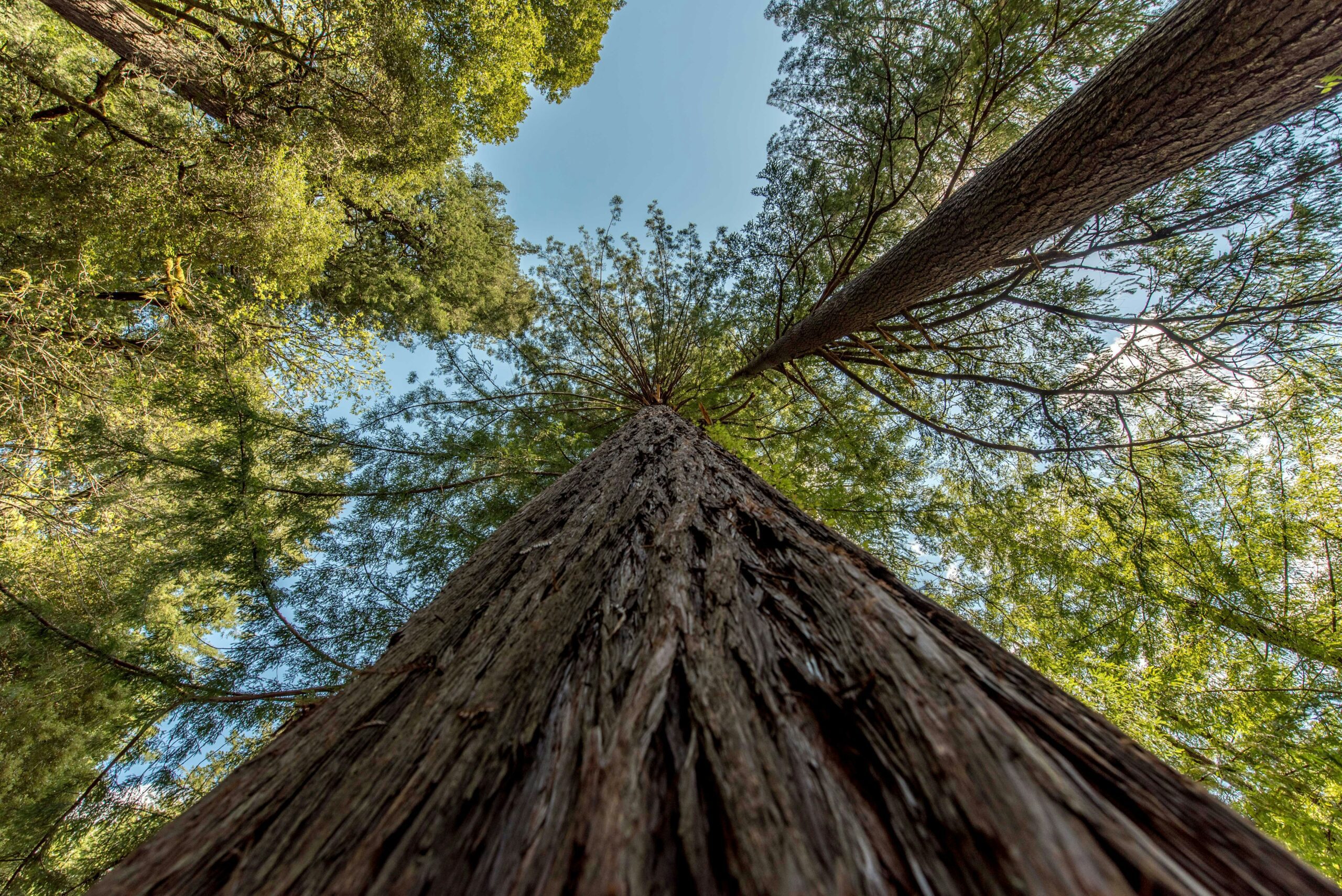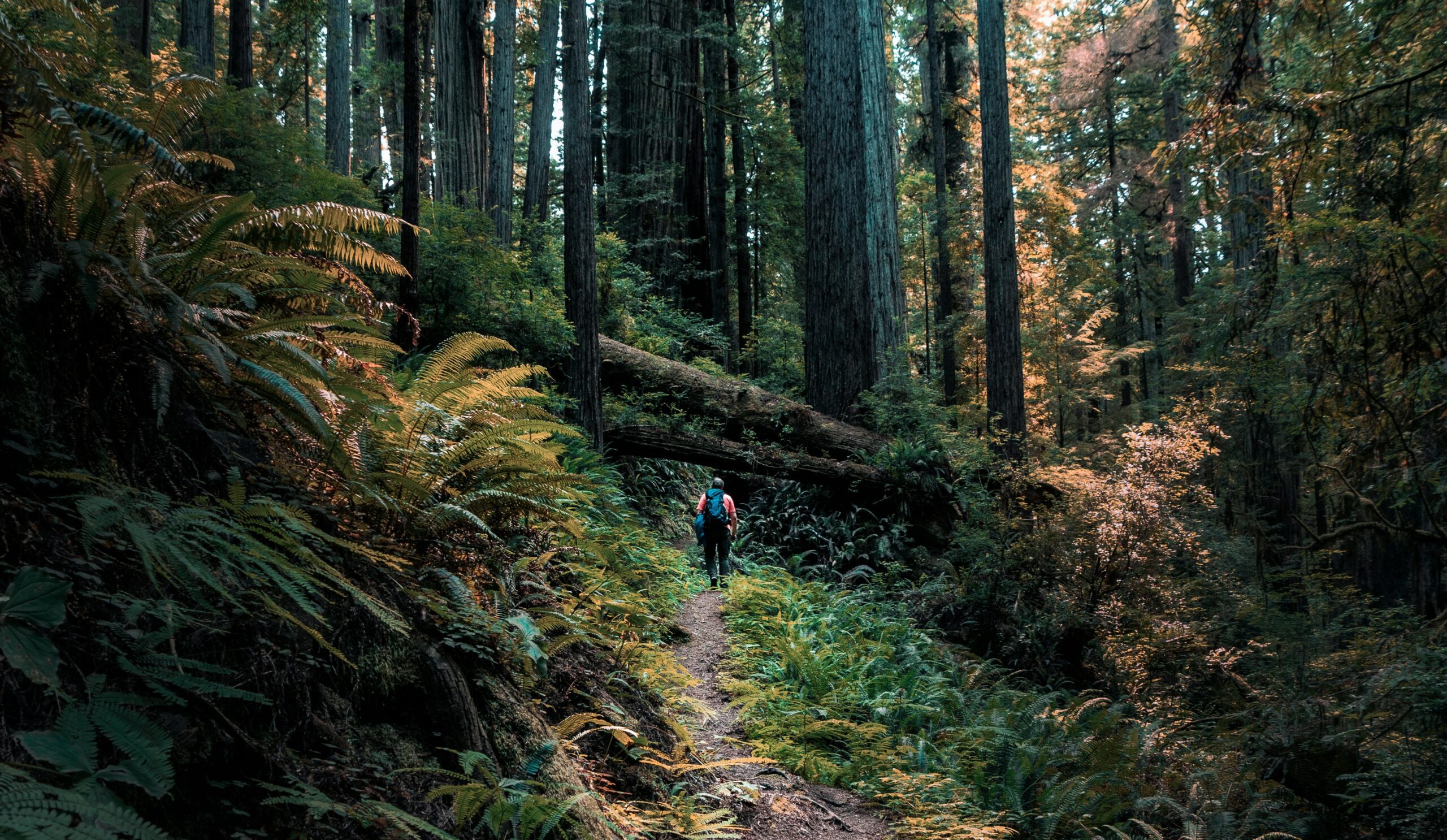–
Redwood National Park: A Guide to Majestic Trees and Hidden Wonders
Redwood National Park: A Guide to Majestic Trees and Hidden Wonders
Discover Redwood National Park, California
Imagine being surrounded by nature’s skyscrapers—towering trees reaching up to 370 feet tall. Welcome to Redwood National and State Parks, your next adventure destination in Northern California. Have you ever stood next to something so ancient that it’s been around for over 3,000 years? The park’s old-growth redwood forests are home to these giants, known as Sequoia sempervirens.
Founded in 1968, this treasure spans not only Redwood National Park but also includes three state parks, protecting an area of 139,000 acres! It’s a place where the Yurok and Tolowa peoples have ties that extend back through the millennia. Enjoy roaming through meadows and woodlands under the watchful eye of Roosevelt Elk, knowing you’re in a UNESCO World Heritage site.
Feel the coastal breezes, take in the lush vistas, and embrace the peace that old-growth forests provide. A journey to the Redwood National and State Parks is not just a visit to another park—it’s an encounter with some of the USA’s most majestic natural wonders. Don’t forget your camera, the memories you’ll create among these towering trees will be nothing short of monumental.
Top 3 Facts About Redwood National Park
01
Giant Redwoods
Redwood National and State Parks, located on the northern coast of California, are famous for being home to some of the tallest trees on Earth—the coast redwoods (Sequoia sempervirens). These trees can grow to staggering heights, with the tallest known living specimen reaching over 380 feet (115 meters).
02
Ancient Forest
The park preserves not just individual trees but entire ecosystems. Some of the trees in Redwood National Park are over 2,000 years old, making them some of the oldest living organisms on the planet. Walking through these forests can feel like stepping back in time, surrounded by ancient giants that have stood for millennia.
03
Biodiversity Hotspot
While the towering redwoods are the park’s most iconic feature, Redwood National Park also boasts an incredible array of biodiversity. The park is home to diverse plant and animal species, including Roosevelt elk, black bears, mountain lions, and a variety of bird species. The lush understory of ferns, mosses, and wildflowers further enhances the park’s ecological richness.
Camping and transportation in Redwood National Park
How to Get to Redwood National Park
Redwood National and State Parks are located along the northern coast of California. Here’s how you can get there:
- By Air: The nearest major airports to Redwood National Park are in San Francisco (SFO) and Oakland (OAK), which are approximately 5-6 hours away by car. Alternatively, you can fly into Portland International Airport (PDX) in Oregon, about 6-7 hours away by car.
- By Car: The most common way to reach Redwood National Park is by car. Major highways, such as U.S. Route 101 and California State Route 199, provide access to the park. You can take U.S. Route 101 along the scenic coastline if you’re coming from the south. If you’re coming from the north, you can take Interstate 5 to Grants Pass, Oregon, and then head south on California State Route 199.
- By Bus or Train: While there are no direct public transportation options to Redwood National Park, you can take a bus or train to nearby cities such as Crescent City or Eureka and rent a car or take a shuttle to the park.
- By RV or Camper: If you’re traveling in a recreational vehicle or camper, there are several RV-friendly campgrounds within Redwood National and State Parks where you can stay overnight.
Places to Stay Near Redwood National Park
Looking to snug in your home away from home amidst the tall trees? Here’s how you can secure your spot before you even hit the road:
- Crescent City/Redwoods KOA: Just outside the park, this cozy camp offers amenities like Wi-Fi, cable TV, and up to 80-foot RV accommodations.
- Gold Bluffs Beach Campground: Wake up to the sound of the ocean. Primitive sites cater to RVs under 24 feet, so leave the trailer.
- Mill Creek Campground: Tucked beneath a canopy of trees, this campground is for the trail-lovers and offers 145 sites.
- Elk Prairie Campground: With wildlife as your neighbors, this spot has primitive RV sites and is a launchpad to over 70 miles of trails. Book up to six months out to ensure you don’t miss out.
- Jedediah Smith Campground: Surrounded by redwoods and situated by the Smith River, this campground’s 86 sites are popular for a reason.
Driving
You can drive within Redwood National and State Parks. The park has a network of scenic roads that allow visitors to explore its various attractions by car.
Public
During the peak summer months, some shuttle services may operate between nearby towns and certain areas of the park. These shuttles typically run on a limited schedule and may have designated stops at popular attractions within the park.
Parking
There are parking areas within Redwood National and State Parks where visitors can park their vehicles while they explore the park’s attractions.
Best Time to Go to Redwood National Park
Summer
Summer is the peak tourist season in Redwood National Park, with warm weather and long daylight hours attracting visitors from near and far. This is the perfect time for outdoor adventures such as camping, picnicking, and exploring the park’s stunning coastline. Visitors can enjoy beachcombing at Gold Bluffs Beach, kayaking on the Smith River, or simply relaxing amid the towering redwoods. While summer brings more crowds to popular attractions, there are still plenty of opportunities to find solitude by venturing off the beaten path or visiting less-visited areas of the park.
Winter
Winter brings a quieter and more serene atmosphere to Redwood National Park, with fewer visitors and a sense of tranquility settling over the forest. While the weather can be rainy and cool during the winter months, this is also the best time to experience the park’s lush greenery at its most vibrant. Winter storms can create dramatic scenes along the coastline, with crashing waves and misty forests adding to the park’s allure. Visitors can enjoy peaceful hikes through the redwoods, wildlife watching, and photography, with the added bonus of having many of the park’s attractions to themselves.
Spring
Spring is a delightful time to visit Redwood National Park as the forests burst into life with vibrant green foliage and blooming wildflowers. The weather is generally mild, making it ideal for hiking, wildlife viewing, and exploring the park’s trails. Visitors can witness the renewal of nature as the forest floor comes alive with new growth, and migratory birds return to the area. Hiking to iconic attractions such as Fern Canyon, Stout Grove, and Lady Bird Johnson Grove is particularly rewarding during this time, with cooler temperatures and fewer crowds enhancing the experience.
Fall
Fall is a magical time in Redwood National Park, as the forests begin to transform with the arrival of autumn colors. The cooler temperatures and crisp air make for pleasant hiking conditions, and the changing foliage adds an extra layer of beauty to the landscape. Fall is also the mating season for Roosevelt elk, and visitors may have the chance to witness these magnificent animals engaging in rutting behavior in prairies and meadows throughout the park. Hiking trails such as the Damnation Creek Trail and the Coastal Trail offer excellent opportunities to immerse yourself in the fall foliage and witness the park’s wildlife in action.
Must-See Attractions
Helpful Tips: Making the Most of Your Adventure to Redwood National Park
Plan Ahead
Research the park’s attractions, hiking trails, and facilities before your visit. Consider the time of year, weather conditions, and any seasonal closures or restrictions that may affect your plans.
Dress Appropriately
The weather in Redwood National Park can be unpredictable, so be prepared for varying conditions. Dress in layers and bring rain gear, especially if you’re visiting during the cooler months or rainy season. Sturdy hiking shoes are recommended for exploring the park’s trails.
Respect Wildlife
Redwood National Park has various wildlife, including elk, deer, black bears, and bird species. Keep a safe distance from wildlife and never feed or approach them. Be especially cautious around elk during the rutting season (fall), as they can be aggressive.
Obtain Permits
If you plan to visit certain park areas, such as the Tall Trees Grove or backcountry campsites, obtain any necessary permits in advance. Permits for parking, camping, and access to certain trails may be required.


Frequently Asked Questions about Redwood National Park
The coast redwoods in the park can reach staggering heights of over 350 feet (107 meters), making them some of the tallest trees on Earth.
Yes, camping is allowed in designated campgrounds within the park. There are several campgrounds, ranging from developed sites with amenities to more primitive backcountry campsites.
The park can be visited year-round, but spring and fall are popular times due to mild weather and fewer crowds. Summer is also a busy time, while winter offers a quieter experience with opportunities for storm-watching.
No, there are no entrance fees required to visit Redwood National Park. However, some activities, such as camping and guided tours, may have associated fees.
Yes, Redwood National Park is home to a variety of wildlife, including Roosevelt elk, black bears, deer, and a wide range of bird species. Visitors may also spot marine wildlife along the park’s coastline.
Yes, guided tours are available seasonally, including ranger-led walks, talks, and programs. Check the park’s website or visitor center for the latest information on guided activities.